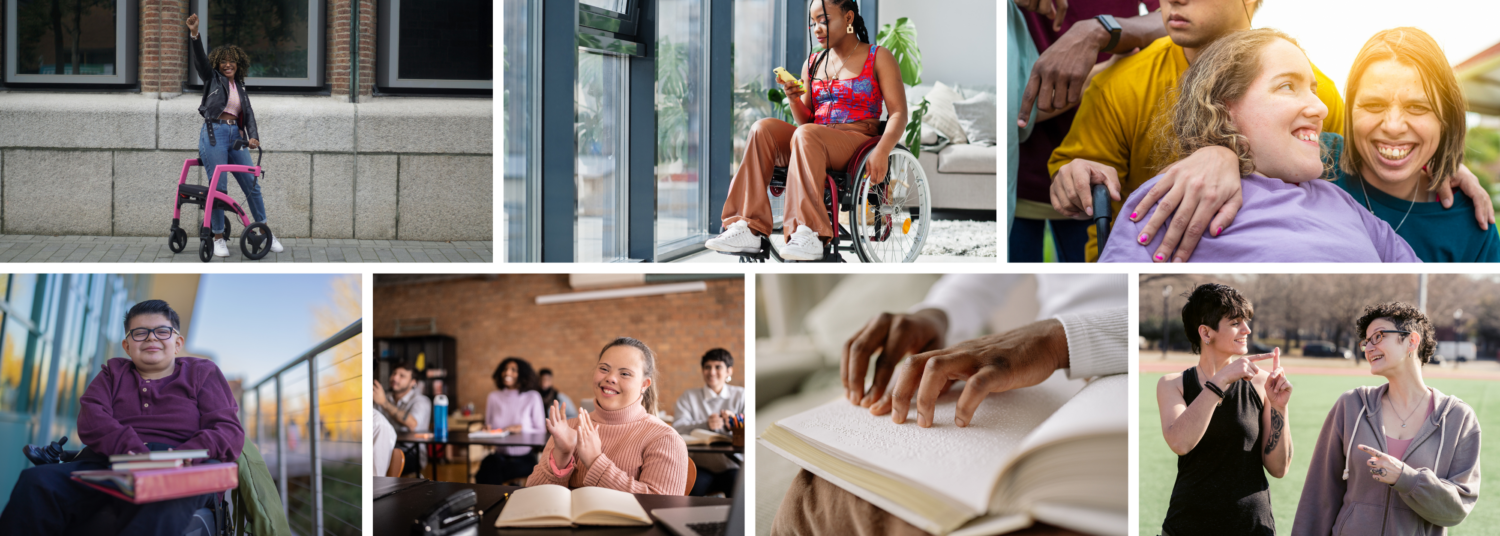The Office of Special Education Programs (OSEP) seeks to improve outcomes for children with disabilities and their families through funding centers like ours, the National Deaf Center on Postsecondary Outcomes (NDC). To help achieve this mission, OSEP is hosting a OSEP Leadership and Project Directors’ Conference during the week of July 18, 2022. The conference is an excellent opportunity for state and agency leadership and project directors to learn from experts in the field and strengthen partnerships to improve results for children, youth, and young adults with disabilities.
During the virtual conference, NDC team members Jeffrey Levi Palmer, Carrie Lou (Garberoglio) Bloom, Kent Turner, and NDC graduate research assistant Nicole Genser will share information about NDC research and tools that can be used to support deaf youth in transition.
The first presentation by Palmer, Bloom, and Genser will highlight current data about the characteristics and experiences of transition-age deaf youth in the United States. National census data from the American Community Survey provides a glimpse into the lives of deaf youth, helping agency leaders, school administrators, and policymakers better develop a plan to address barriers and improve postsecondary outcomes for this group.
Some key findings from their data analysis include:
- More deaf youth (8.3%) had not attended high school in the last 3 months compared to hearing youth (4.8%).
- Deaf youth had reduced access to the internet, with 10% not having internet access and 19.7% not having a laptop, compared to 6.6% and 14.1% of hearing youth.
- Among high school students, only 16.6% of deaf youth had jobs, compared to 21.9% of hearing youth.
- Pandemic Recovery: As the nation moves forward, it is necessary to identify successful strategies for providing additional support to deaf youth where most needed.
- Opportunity Gaps: A closer look at data can help identify gaps in access and opportunity for deaf youth and allocate resources needed to address ongoing inequities.
- Pathways to Successful Careers: Creative solutions are needed to ensure that deaf youth have accessible opportunities to strengthen career readiness.









